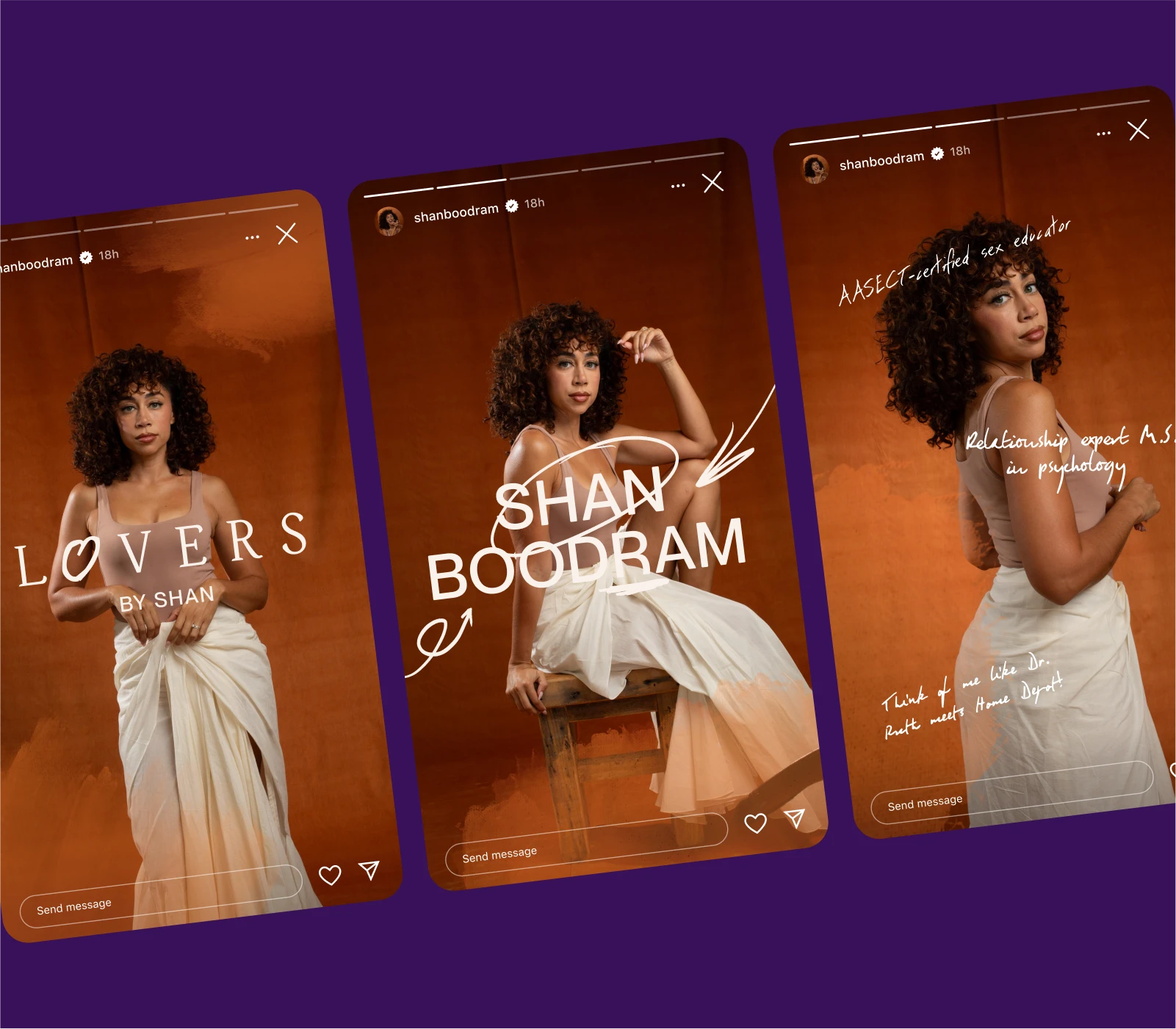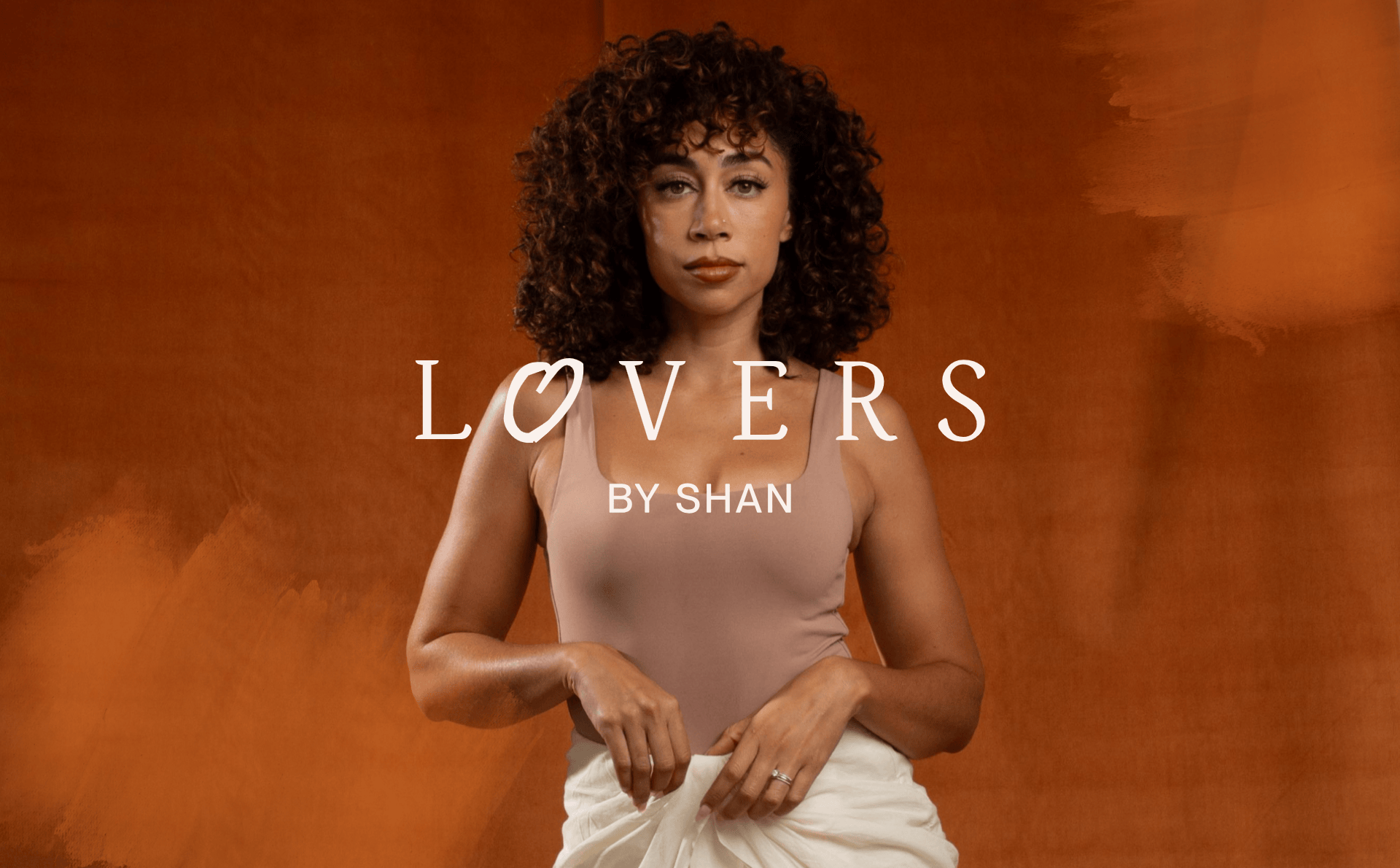
Corporate brands: they not like us 🎶
If you've ever been a part of a big company rebrand, you've suffered through the endless rounds of revisions, focus groups, and 18-month rollouts. The result is usually cold, corporate, calculated…and having participated in dozens in my career, I’ve placed my head on my desk in exhaustion during many of them.
Creators operate a bit differently: direct audience feedback, rapid iteration, and decisions made without running them past Greg the VP of FInance because "his niece does graphic design".
And sure, that means the process itself is a lot more satisfying, but, more importantly, it creates an opportunity for authenticity that corporate brands really touch.
Take Ryan Trahan. With 19M+ subscribers, Ryan has built his YouTube empire on raw, relatable content…perfectly imperfect videos that make him feel like a friend to millions. When we worked with him, we didn’t have 17 rounds of approval and a team of 12 to go through.
We used rapid-fire Looms over the course of a few week to show Ryan a bunch of early creative work, get his direct feedback (“love that, that’s cool but not me, tell us more about this floating head thing”), and then move forward.
Not only did the process work with Ryan's demanding content schedule, but working in this way allowed us to capture his instinctual reactions. This ended up creating something that resonates with major brands without sacrificing the irreverent personality that makes him, him.
As a studio, you usually throw out one crazy idea to see if it sticks. This one stuck with Ryan 😂
Why creator brands hit different
When we first started working with creators, we expected massive egos. We have not found that to be the case whatsoever.
Most successful creators are surprisingly humble, especially about their brand(s). Creators spend years building something from nothing, experimenting constantly, and developing thick skin.
They know what works because they’ve been in direct conversation with their audience for years, but they also know the limitations of their own skills.
They are also (usually) deeply creative people who recognize craft, which we absolutely love ❤️
That combination of self-awareness + authenticity + appreciation for craft is the recipe for a client <> studio partnership that can make some seriously good work.
We’ve often found that output is a brand that feels genuine…because it actually is. No focus-grouped corporate speak. Just authentic expression that resonates with the people who matter (the creator and their audience).
We saw (experienced? felt deeply in our souls?) this with Shan Boodram. Shan is a sex education changing how we talk about intimacy, and needed a brand both professionally credible and deeply intimate. The key wasn't just pretty visuals – it was capturing her unique ability to make taboo topics feel natural, accessible, and inviting.
This understanding shaped everything from the organic textures mirroring human connection to handwritten elements capturing intimate moments. The result resonated so deeply that she redesigned her office to match the brand colors and textures. And she even told us, "I cried on many Zoom calls, just through feeling seen and having really hard questions asked."

Creators have unique brand touchpoints
Another critical difference of creator brands is that they need to work across a much different ecosystem than a corporate brand: YouTube thumbnails, Instagram posts, digital products, community spaces, and websites. This requires a flexible system that adapts to different contexts while maintaining cohesiveness.
(Basically every corporate brand deck we ever put together involved an OOH billboard mockup, which unless you’re a mega-creator, is probably not the most useful brand artifact for you.
Colin & Samir have a greater challenge here than most, as they have a fairly extensive and varied digital ecosystem. They've built their brand on educating the next generation of creator, but when launching Creator Startup (their educational platform for professional creators) they needed a brand that was both distinct yet still connected to their established identity.
The Colin & Samir brand is anchored by a simple (yet somehow iconic?) yellow circle. We leveraged this element across the new brand while developing a distinct visual language for Creator Startup. This has allowed them to build a separate business while still benefiting from the trust they'd established through their main channels.
Fun Easter egg - the handwritten font on the website is actually derived from Colin’s handwriting…we call it Colin Sans 😁
The flip-side: the stakes are higher (and continue to be raised)
As the creator economy matures, the bar for professionalism keeps rising. Bigger advertisers are spending more and more money, and audience expectation for the quality of creator-led products are higher than ever.
If you’re a creator scaling beyond content into products, communities, or services, your brand becomes critical. It's often the deciding factor in whether someone sees you as:
- A content creator they enjoy watching (free)
- A trusted authority worth paying for expertise (💰)
Getting this right can be a huge legitimizing step for a creator. Getting it wrong can be a huge waste of time, money, and audience trust. No pressure!
So what?
Building creator brands is fun as hell. But it's also an opportunity to create something more authentic and effective than what traditional businesses achieve.
By leveraging their direct audience relationship and creating a visual system that elevates a creator’s work across platforms and mediums, they can build a brand that fundamentally transforms how an audience (and advertisers) perceives their value.



















